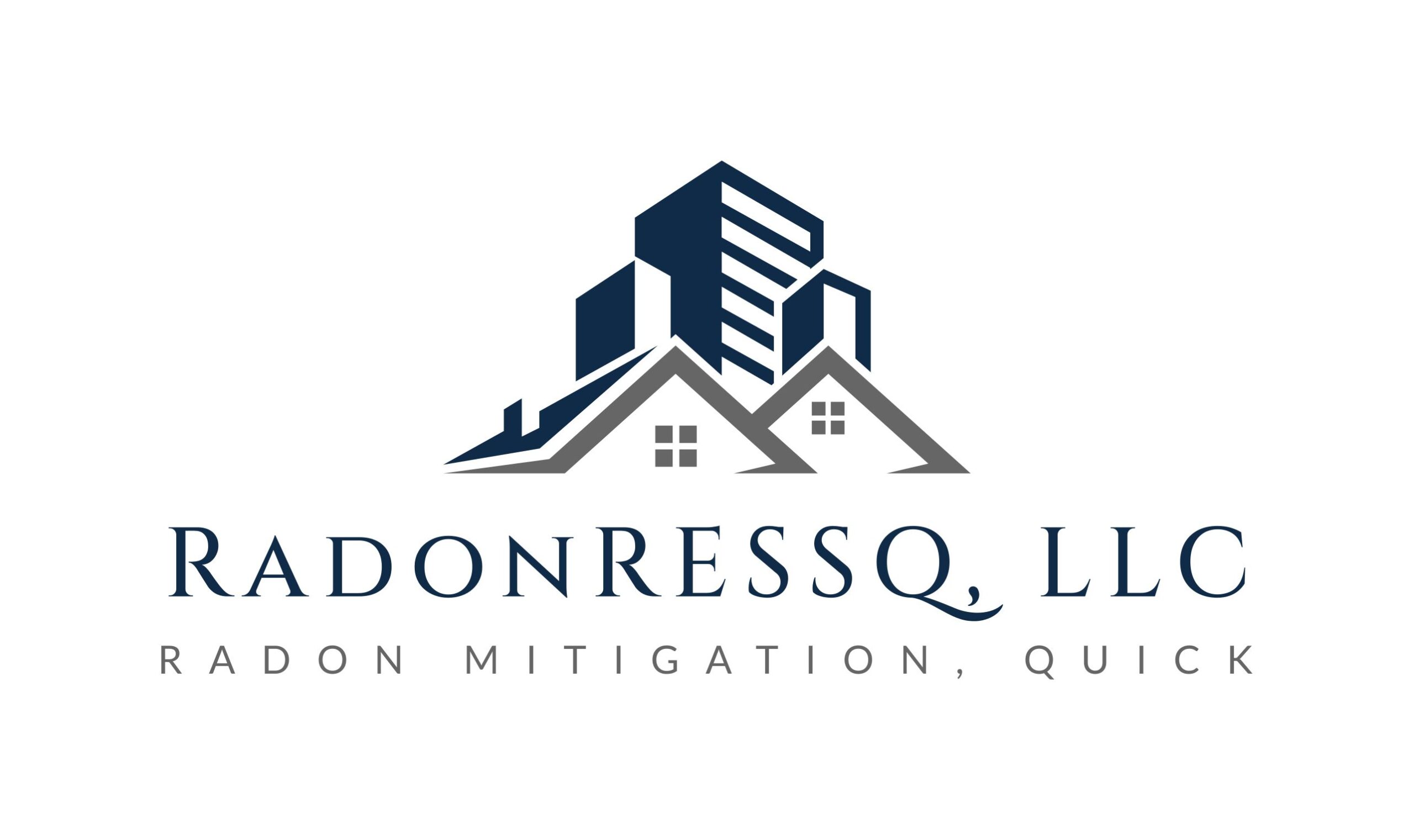A Daisy Master Control Panel allows easy, precise adjustment of Radon Level and automatic control Daisy operation so that you will not need to install a dehumidifier later.
Who's Boss?
You will be in complete control, not a table lamp timer, not a thermostat, not an unmarked light switch, and not a homemade filter that will clog up and prevent fresh air from entering your breathing zone because you did not service it every 60 to 90 days.

SmartVentilation Master Control Panel
The very small screw hole to the right of the humidity sensor allows a jeweler's screwdriver to be inserted to adjust the airflow rate to set average radon level (within system performance limitations)
The -0.00- meter of this demo controller indicates that a Daisy would not be delivering any fresh air into the breathing zone. The meter makes it easy to make precise adjustments to the air delivery rate (for example to 17.5 cubic feet per minute) Such adjustments will allow you to make precise adjustments to radon reduction performance. NO GUESSWORK.
Use a jeweler's screwdriver to turn the little brass screw clockwise in 1/4 turn increments to reduce radon to lower levels and watch the digital meter reading change accordingly.
Once the "Sweet Spot" has been found, maximum radon reduction will occur without increasing indoor relative humidity and risk of mold.
Our experience in hundreds of Daisy installations tells us that airflows of 18-23 cubic feet per minute will often reduce radon levels from around 7.5 picoCuries per liter to below the USEPA Action Level.
